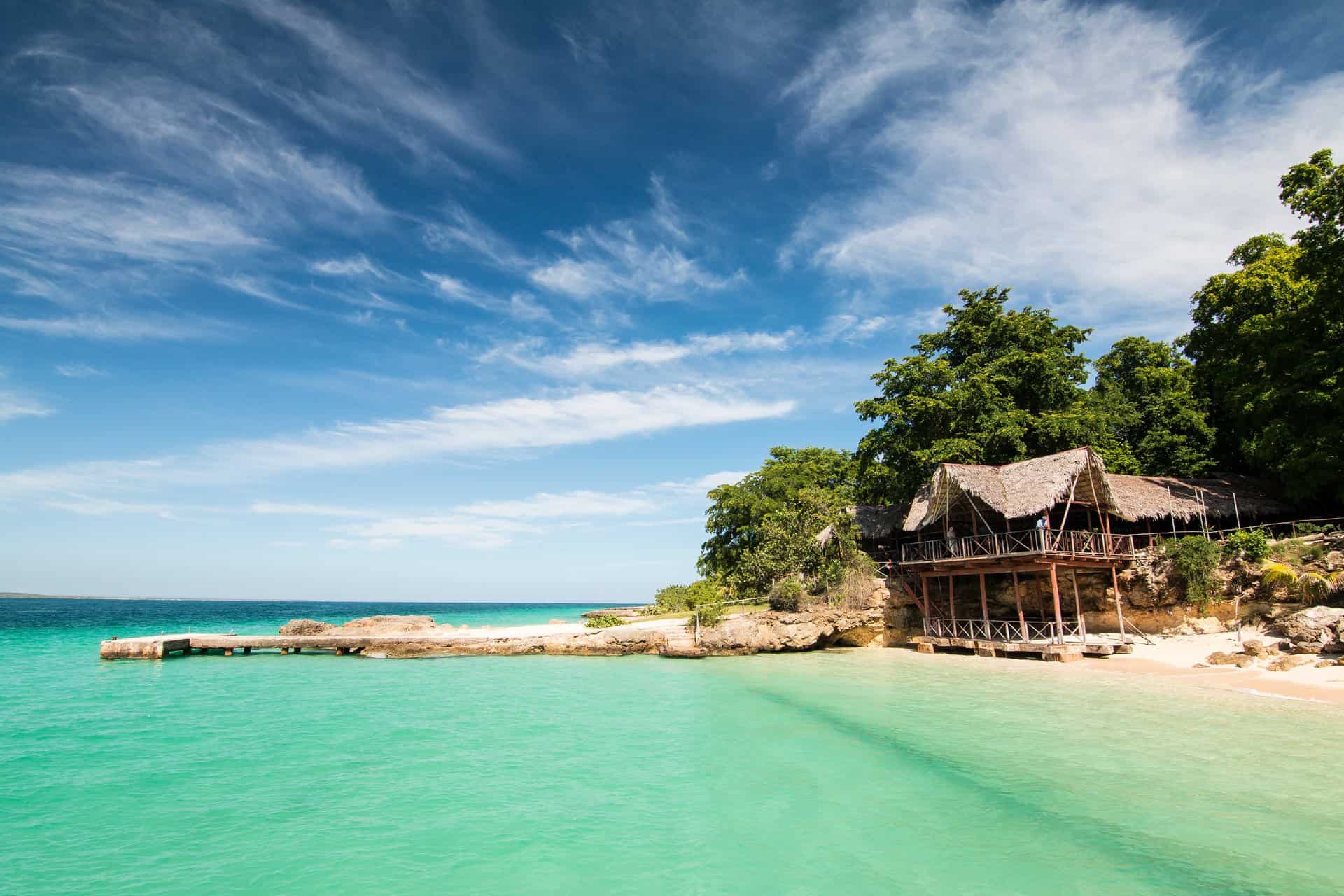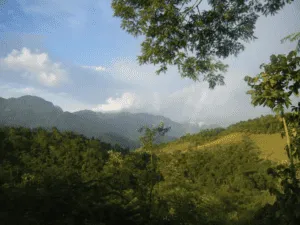
Few places on earth can compete with the breathtaking biodiversity of Brazil’s Atlantic Forest.
From woolly spider monkeys to orange-spined porcupines, some of our planet’s most extraordinary creatures roam amongst these trees. This globally important ecosystem not only supports an incredible array of flora & fauna but also captures carbon & reduces the risk of flooding.
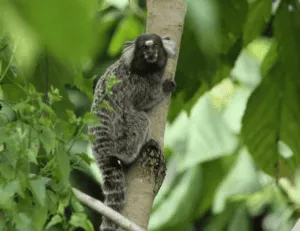
Though they once covered an area of more than one million square kilometres, the lush forests have been steadily disappearing due to logging, urban expansion & cattle ranching. In the fragments that remain, life hums buzzes & thrives. But while this land may be resilient, it is also extremely vulnerable.
This is where the Reserva Ecológica de Guapiaçu (REGUA) comes in. This expansive ecological reserve in the Atlantic Forest stretches across humid lowlands, Elfin forests, wetlands, rivers & grasslands that shelter a kaleidoscope of wildlife.
REGUA’s mission to conserve the biodiversity of this ecosystem is vital. Discover the ins & outs of their ingenious projects, which include nurturing tree nurseries, creating caiman-rich wetlands & reintroducing tapirs.
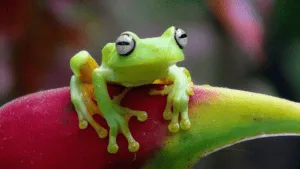
What does REGUA protect?
50% of flora & fauna in the Atlantic Forest are endemic species- meaning they aren’t found anywhere else in the world. As such, REGUA protects an astonishing array of vulnerable plants & wildlife.
Across the reserve, jewel-bright frogs shelter among the leaf litter. Reptiles including the Brazilian snake-necked turtle hide in the undergrowth. New butterflies & dragonflies are constantly discovered in the reserve, particularly on sunny days.
A symphony of birdsong rings out from the forest canopy, home to hundreds of rare species. Their names are as varied as their calls, from the buffy-fronted seedeater & screaming cowbird to the elegant mourner & Salvadori’s antwren.
Larger mammals are also widely present throughout REGUA, although some are easier to spot than others. Most regularly seen are capybaras lazing in the wetlands, marmosets & sloths searching for food among the treetops & orange-spined hairy dwarf porcupines which plod along the forest floor. Among the more elusive animals are otters, tapirs, woolly spider monkeys & puma.
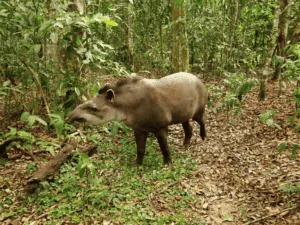
REGUA’s life-saving projects: New hope for tapirs
South America’s largest land mammals, lowland tapirs, were extinct in the state of Rio de Janeiro for 100 years. Fortunately, REGUA stepped in to help. Thanks to their Tapir Reintroduction Programme, these enormous creatures have once again established a breeding population in the Atlantic Forest. Easily recognised by their striking spotted & striped coat, tapir calves have been seen trotting along the forest floor.
Each tapir can weigh up to 300kg as an adult, & will help disperse tree seeds through their dung- it’s no wonder they are known to locals as ‘gardeners of the forest’.

Raising saplings
Replanting forests is a labour of love.
Lowland areas of the Guapiaçu Valley cleared for commercial farming struggle to regenerate naturally. Often they’ll become enmeshed in a dense carpet of spiky tropical grasses which block sunlight from reaching the earth. The team at REGUA have their work cut out.
To begin with, staff & volunteers scour the forest for seeds from around 180 tree species. These include figs & the extremely rare Tabebuia cassinoides, which only grow in the Atlantic Forest. Then it’s off to REGUA’s purpose-built nursery, where 60,000 saplings are nurtured each year. Once the ground has been weeded, the tender new trees are planted & carefully monitored. They’ll need watering in droughts & protection from hungry leaf-cutter ants.
Overall it’s a difficult but incredibly rewarding process, which yields a 95% survival rate. 25% of trees planted will grow ten times larger in just two years!
Luna Zorro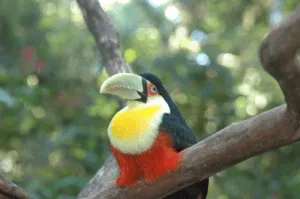
Reviving wetlands
REGUA’s creation of wetlands has been a roaring success, attracting a myriad of animals to previously barren land.
On the São José Farm, lowland pastures once lush with Tabebuia cassinoides trees & tall ferns were dried up by yam cultivation. Colourful orchids & bromeliads that dotted the swampy landscape were replaced by burnt tree stumps & cattle pastures.
By purchasing the land, the REGUA team could flood the pasture, creating a new wetland habitat. It was an instant success, with a host of new residents appearing from the get-go. Broad-snouted caiman, capybara, a vast variety of wetland bird species as well as many fishes and amphibians were soon spotted amidst the rich wetlands, which now span across 12.5 hectares.
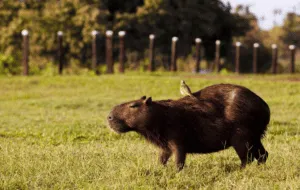
A human approach
At the heart of REGUA’s project is the local community. For conservation efforts to thrive, it’s essential to work alongside the students & community groups living in the Guapiaçu basin. School trips highlight the diversity of the Atlantic Forest biome & help children feel more connected to the nature around them. Each year, a new group of young rangers become involved in activities around the reserve, from planting trees to supporting tapir populations. This outreach programme is designed to inspire youngsters to become the next generation of conservationists.
Check out REGUA to find out more about their guided walks, volunteer programme & research.
All images courtesy of REGUA, Scott Guiver, Chris Knowles and Jessica Stewart.
Find out more about REGUA here.Related Stories
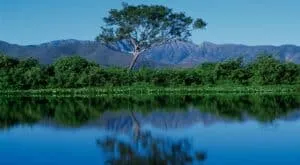
Brazil’s Wild Wetland | The Pantanal
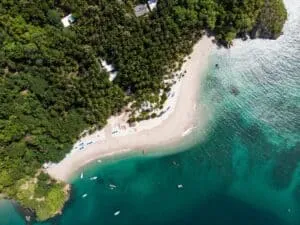
Marine Conservation & Underwater Adventures | Costa Rica
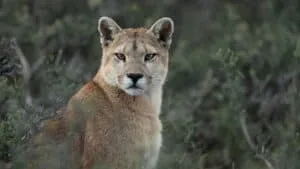
The Awasi Puma Foundation | Patagonia Conservation | Plan South America
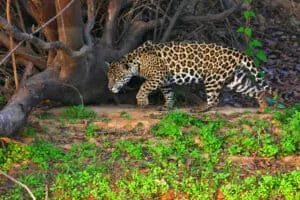
Jaguar Tracking in the Pantanal
@plansouthamerica
